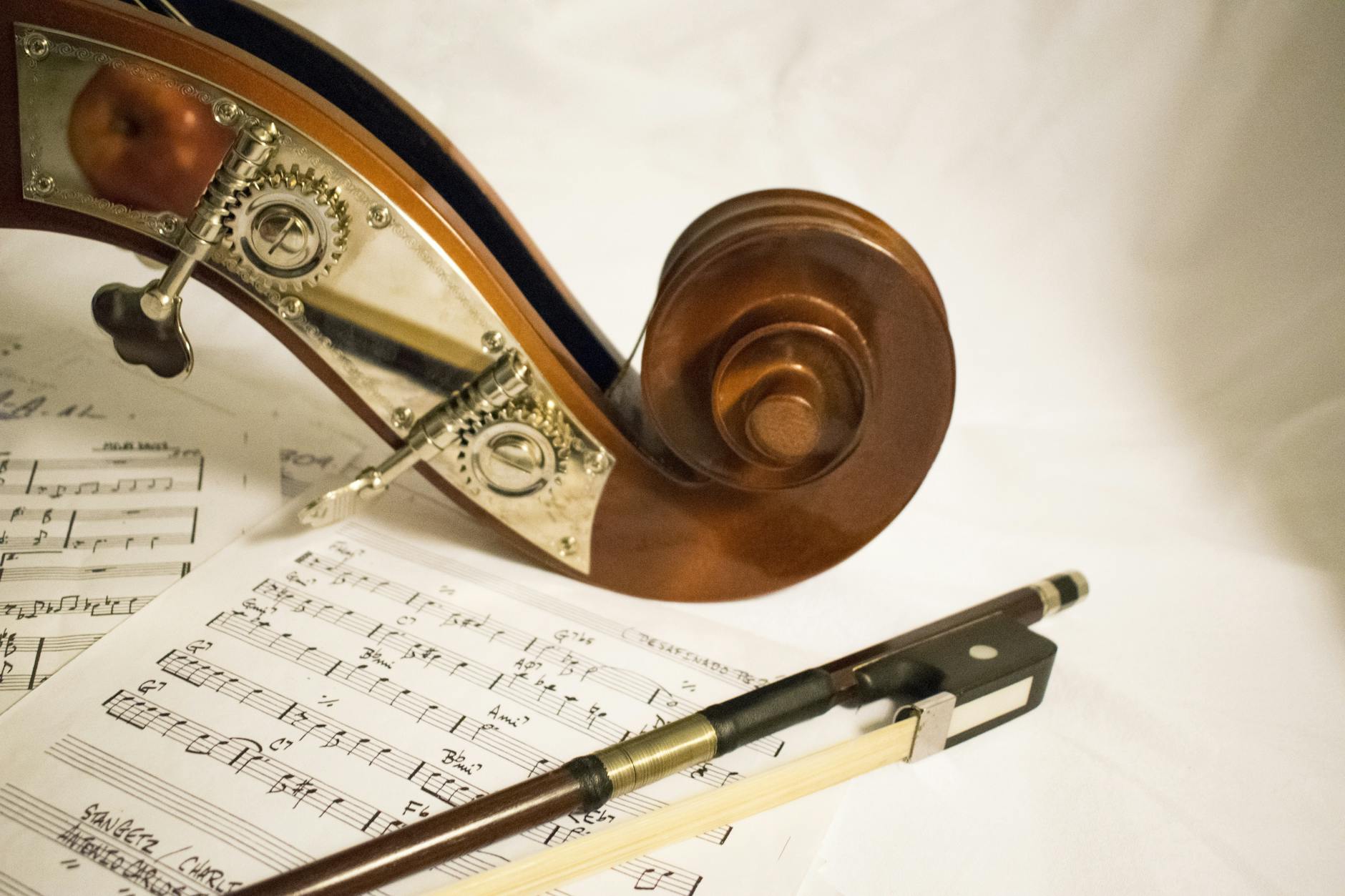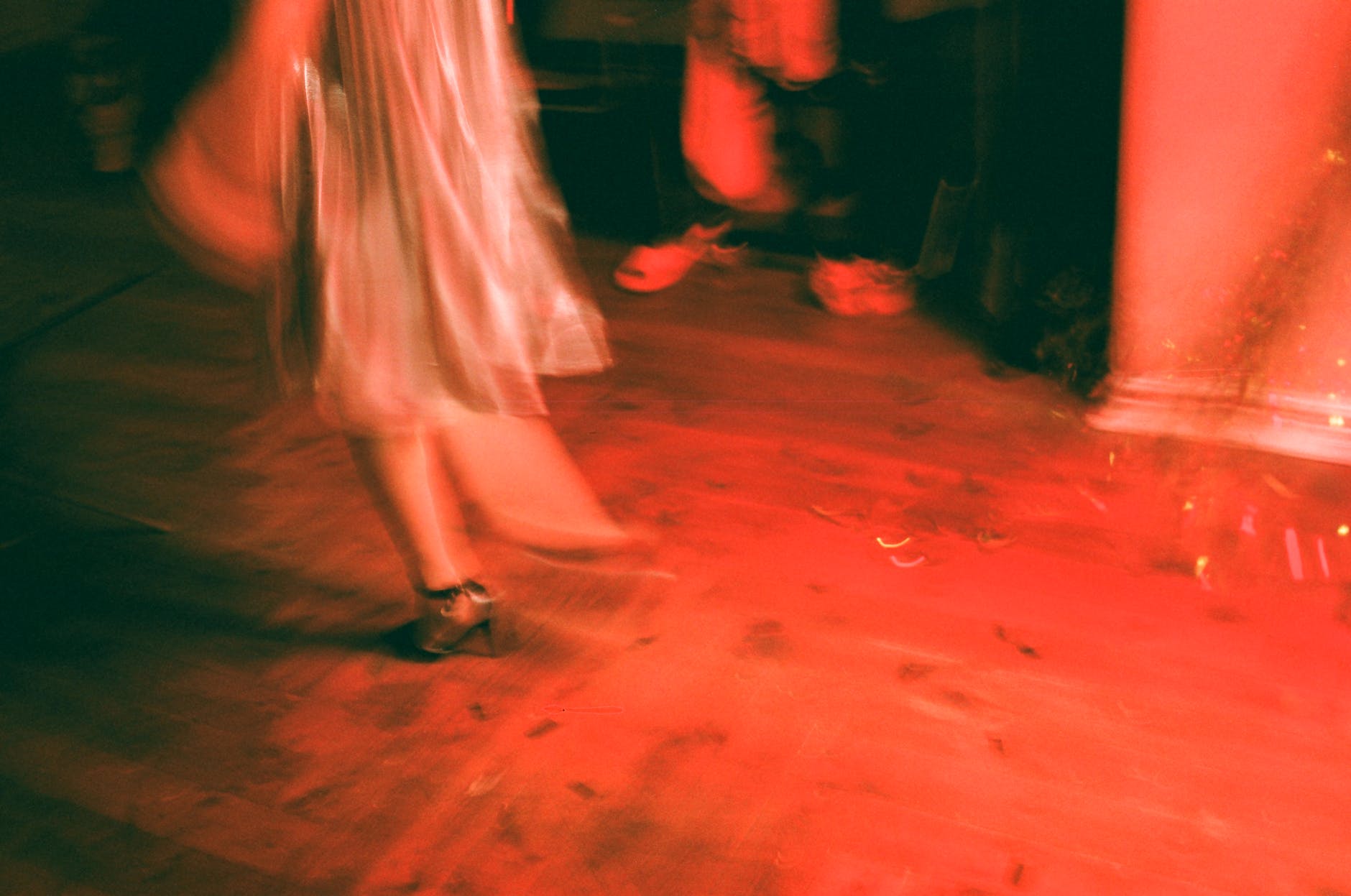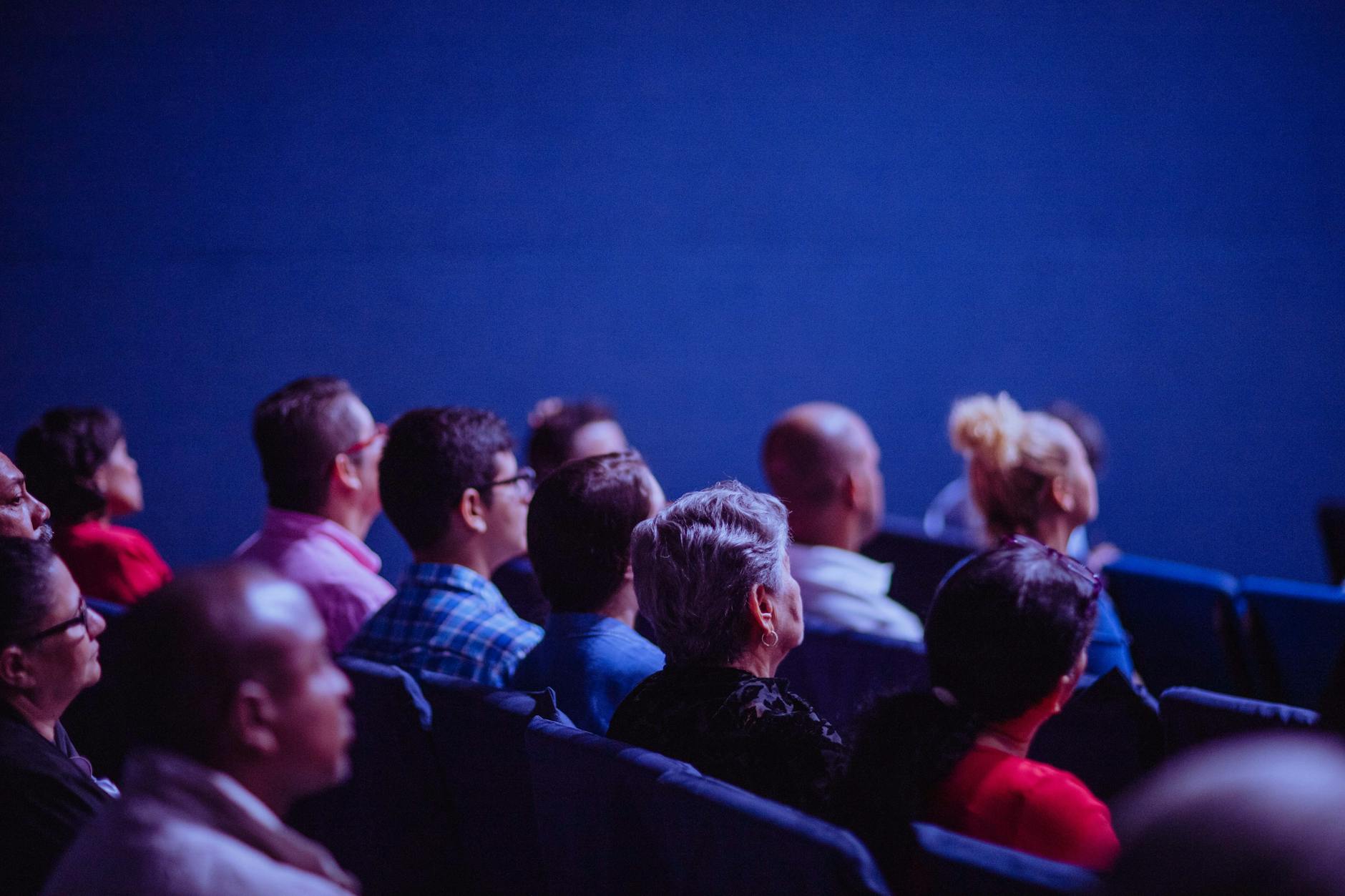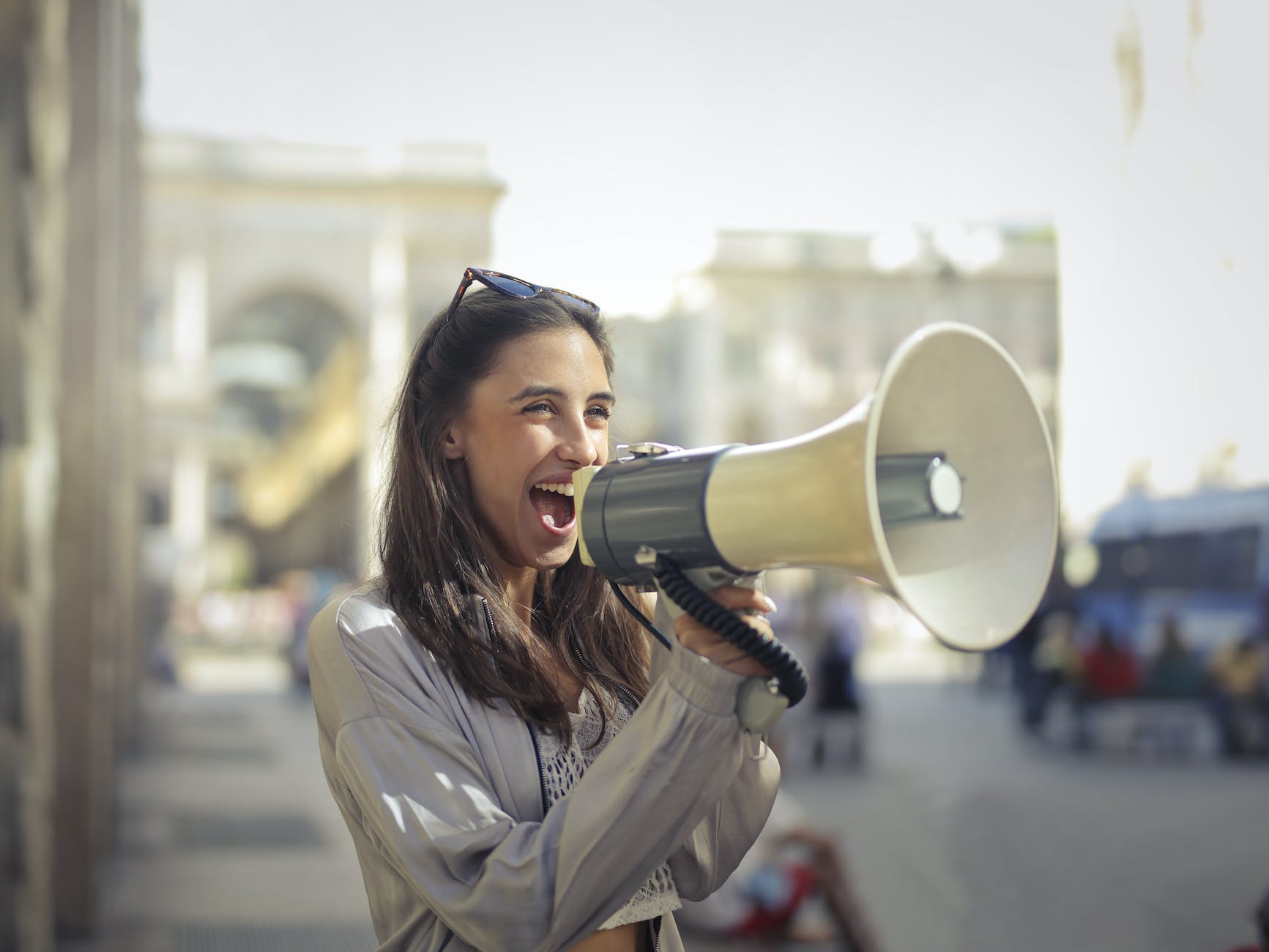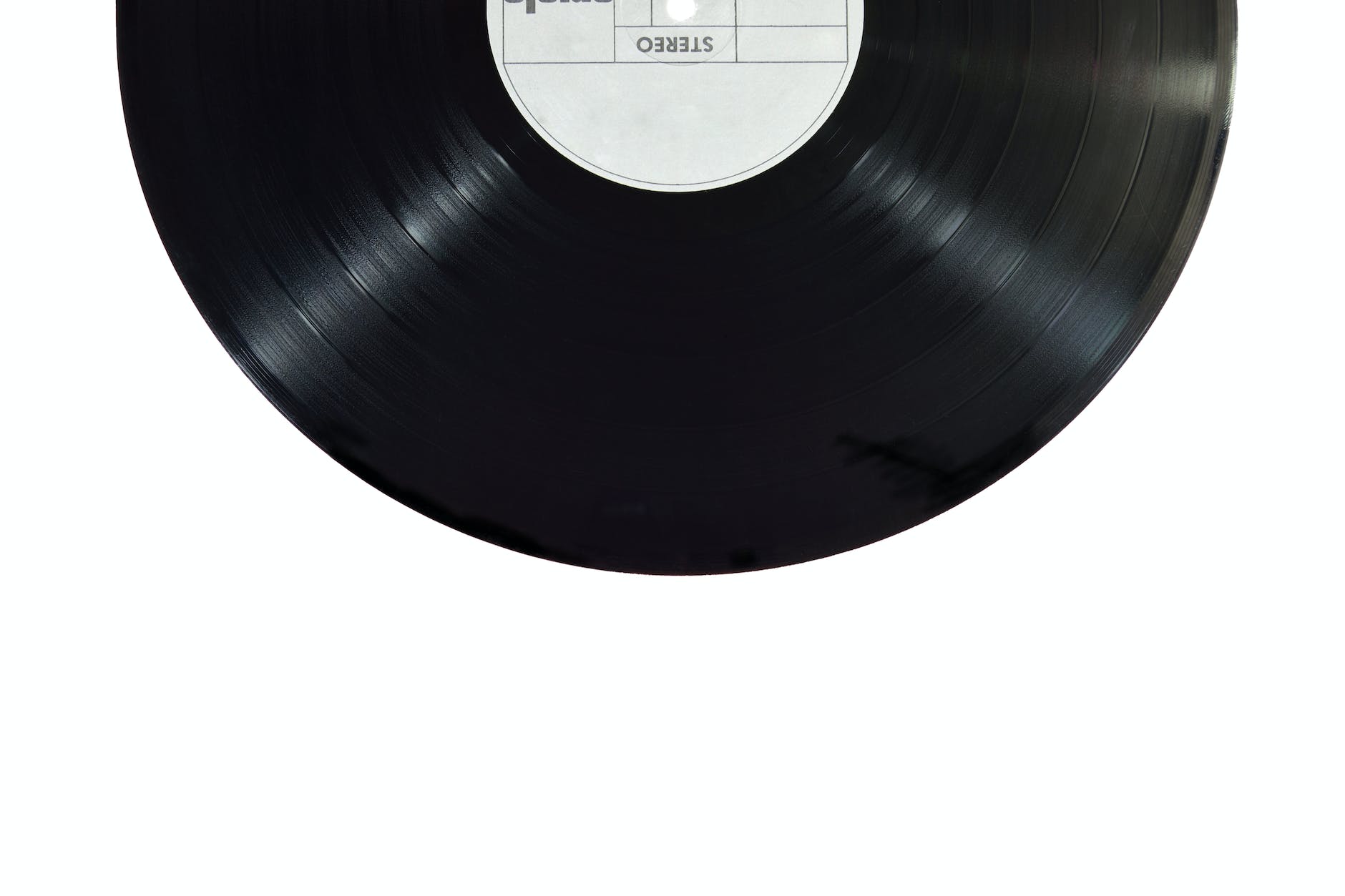Psychedelic Art, best known for its vivacious colors and surrealistic, intricate patterns, has lured the human imagination into a kaleidoscopic universe since the psychedelic era of the 1960s and ’70s. It ignited a fresh artistic movement that drew inspiration from the counterculture, especially the psychedelic music scene.
The psychedelic art revolution emerged alongside the counterculture movement, echoing the era’s nonconformist ideology and craving for social and cultural transformation. Its visual representation of the psychedelic experience—perceptive shifts, heightened perception, and synesthesia—was partly a response to those altered states of consciousness associated with the use of psychedelic substances.
The impact of this art form on the music sphere, particularly on album covers, concert visuals, and posters, is incontestable. This unique blend began as visual stimuli accompanying the music, escalating into an essential facet of the psychedelic music invasion. These two art forms fed into each other, creating a subculture that transformed both music and art.
Visually stimulating images and intricate symbolism were incorporated into music through diverse means. The album cover art was perhaps the most direct artistic collaboration between the music and art world. Album covers bore the psychedelic art identity, with their overflowing neon colors, elaborate letterings, and warped visuals. They became a mode of artistic expression for the bands, making releases like The Beatles’ ‘Sgt. Pepper’s Lonely Hearts Club Band’ and Pink Floyd’s ‘The Dark Side of The Moon’ emblematic not only for their music but also their striking artworks.
These album covers communicated the music’s ethos while drawing the listeners into a multisensorial experience reminiscent of a synesthetic event. For example, The Grateful Dead’s ‘Aoxomoxoa’ album cover, created by artists Rick Griffin and Alton Kelley, encapsulates the band’s experimental sound in a single psychedelic sketch.
The psychedelic music artists frequently collaborated with psychedelic graphic artists, making concert posters another essential part of the trip. These technicolor posters, with their spiralling layouts and mind-bending visuals, made for strong sensory stimuli, creating an environment for listeners to ‘see’ the music—an echo of synesthesia.
Concert visuals were another visual element that amplified the concert experience, engulfing audiences in a synesthetic ecstatic revelation. The lack of boundaries between sound and visuals sparked the sensation of the music ‘pulsating’ with the lights. Bands like the Jefferson Airplane and Velvet Underground went so far as to have their very own dedicated visual artists, creating live collaborative visuals that synchronized with their music.
The coalescence of psychedelic art with psychedelic music also presented in avant-garde films and music videos. Graphic artists like Heinz Edelmann went beyond album covers and posters to animate music, reflecting the band’s sound in the psychedelic film ‘Yellow Submarine,’ based on the music of The Beatles.
The eye-catching psychedelic art, with its hypnotic swirls and fantastical imagery, turned music into a multisensory, psychoactive journey. The two went hand in hand, reflecting and enhancing each other—a visual celebration of sound and an auditory celebration of sight.
In conclusion, the symbiotic relationship between psychedelic art and music created an artistic revolution that defined an era. Their intricate collaboration served more than ornamental purposes—it altered the way listeners perceive and experience music. Despite evolving over the years, the psychedelic influence continues to echo in today’s music and visual art spheres, making the connection between psychedelic art and music timeless and eternally vibrant.




